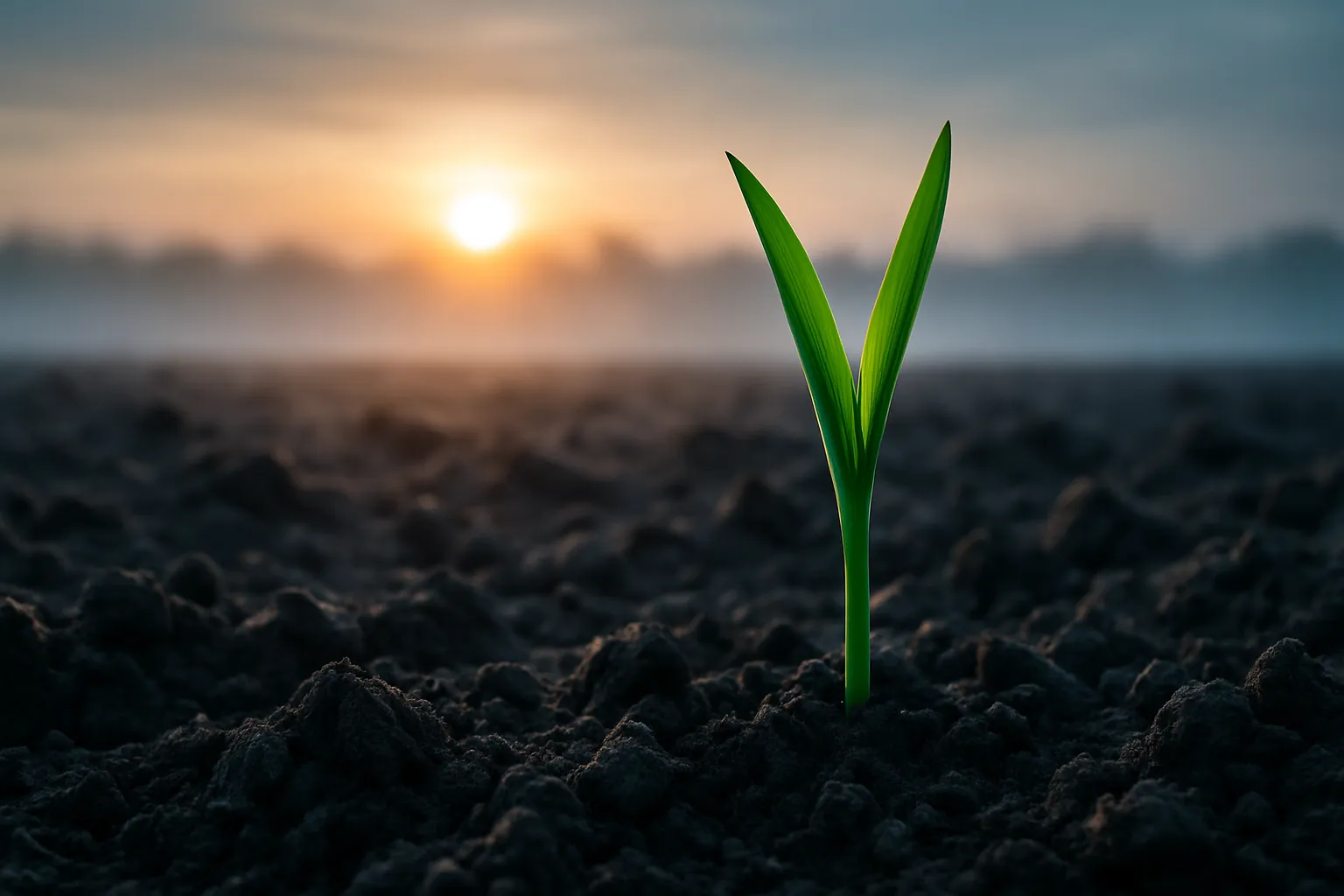Every spring, garden clubs across the region set up folding tables, price their perennials, and wait for neighbors to arrive. This year, the modest ritual has taken on the urgency of a watershed vote. Residents are not just buying marigolds; they are staking a claim on the future health, beauty, and resilience of their town. The once-casual plant sale now reads like a referendum on community spirit in a world where global supply chains wobble and climate patterns shift.
The Stakes Beneath the Soil: Why 20 Minutes in Line Could Shape a Decade of Growth
The Norwalk Garden Club expects dozens of patrons to queue before doors open at 9 a.m. on May 10. Organizers say the line matters as much as the plants. In those moments, neighbors exchange tips, share local rumors about water restrictions, and quietly decide which projects merit their volunteer hours this season. According to the official announcement, the Norwalk sale will run only four hours, yet club president Lila Molina calls it “the engine of everything we fund all year.”
“When a town takes five dollars for a tomato start and turns it into an accessible pollinator garden, you’re watching democracy photosynthesize,” Molina said.
Each purchase becomes a micro-investment in public space. That message echoes along the coastline to Tillamook County, Oregon, where the Nehalem Bay Garden Club hosts a two-day sale on May 10 and 11. Their flyer is plain cardstock, but the undertone is bold: more plants sold means more funding for dune restoration. In a county where erosion has swallowed yards, the link between geraniums and shoreline defenses feels immediate.
The trend holds statewide. Maine’s Mt. Blue Area Garden Club predicts a record turnout on May 17, referencing last year’s 37 percent spike in sales that funded an additional 200 seedlings for the town’s new food pantry garden. In short, ordinary shoppers are flexing newfound agency, turning idle lawns into living statements about shared responsibility.
Dollars, Daisies, and the Domino Effect: Tracing the Economic Current of a Single Tray of Seedlings
It begins with a single dollar bill sliding across a cash box. By the time that dollar completes its journey, it may have touched half a dozen local pockets: growers, volunteers, hardware stores, and finally, public works teams that plant curbside containers. A study by the Oregon Community Food Systems Network found that every garden-related dollar recirculates 1.35 times within county lines. Locals call that “green money” for a reason.
Multiply one sale day by the thirteen clubs hosting events this May, and you approach a six-figure infusion into Main Street economies. For merchants, that influx hits precisely when winter reserves wane. As Ron Davis, owner of Pinebrook Hardware, notes:
“The minute plant sales kick off, we see a run on soil, gloves, and hose fittings that rivals Black Friday.”
The downstream benefits do not end at cash registers. When the Nehalem Bay Garden Club funnels proceeds into native grass restoration, tourism boards tout the revitalized dunes as a scenic draw. More visitors mean filled diner booths, booked motel rooms, and unexpected artist residencies inspired by the renewed coastline.
For residents eager to translate enthusiasm into action, the process is refreshingly concrete. Think of it as building a civic toolkit one step at a time:
- Arrive early and bring reusable trays—clubs often give discounts for skipping plastic.
- Ask volunteers which varieties tolerate drought; water bills matter as much as aesthetics.
- Commit to planting within 24 hours to reduce transplant shock.
- Snap a photo of the plant tag and share growth updates on the club’s social page—it fuels momentum and accountability.
- Donate leftover seedlings to school gardens or elder-care centers to extend impact.
By following these steps, residents turn a single morning purchase into months of neighborhood visibility. That visibility, economists argue, is priceless social capital. A block lined with thriving planters signals stability, drawing homebuyers and reassuring insurers.

Resilient Roots: How Shared Gardening Prepares a Town for the Unpredictable
Stormwater runoff, heat-island spikes, even the mental health toll of isolation—each has found a quiet adversary in community gardening. Last summer’s record heat prompted the Palatine Garden Club to divert sale profits toward street-tree watering bags. Club treasurer Gail Kim recalls that the bags dropped average tree mortality by 18 percent. Small numbers on paper, but on asphalt-heavy blocks, that shade meant sidewalk temperatures 10 degrees cooler.
“We used to think of plants as pretty,” Kim reflected during a briefing at the Farmer’s Market. “Now they’re life-saving infrastructure.”
This reframing—plants as protective gear—has broadened the coalition. Volunteer sign-ups now feature retired engineers calculating soil absorption rates, teens mapping pollinator corridors, and first-time homeowners documenting rain-barrel overflow data. As data accumulates, clubs negotiate harder with city hall, requesting zoning leniency for front-yard vegetable beds that once violated aesthetic ordinances.
The ripple spreads to education. Falmouth High’s environmental science class tracks which species from the May 17 sale survive winter, informing next year’s inventory. Students present findings at council meetings, arming officials with local evidence instead of generic climate projections. Officials, in turn, cite those numbers when applying for federal green-infrastructure grants. A $3 basil start, it seems, can underwrite a six-figure culvert redesign.
Still, challenges loom. Drought forecasts may constrain watering, and inflation could hike soil prices. Experts urge residents to diversify plant choices, pairing thirsty blooms with hardy natives. Cooperative purchasing—clubs pooling orders to secure bulk discounts—has emerged as a hedge. That strategy already saved the Mt. Blue Area club 22 percent on organic compost this spring, freeing cash for an emergency irrigation fund.
The takeaway is clear: attend the sale, buy a plant, but understand you are enrolling in a year-long partnership. Whether the coming season brings storms or shortages, the community built around those purchases holds the blueprints for adaptation. Your seedling is more than décor; it is a living vote for shared resilience.


